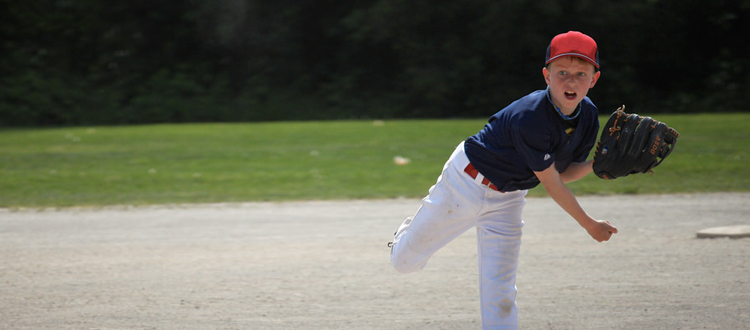Having A Pitch Plan
How many times within a game do you as a coach ask yourself this question: Why is my pitcher throwing that pitch in that situation? We wonder numerous times throughout games how can pitch selection be so misguided. Therefore, a generic “pitch plan” is important, not only so the correct pitch is called in greater frequency, but also so the pitcher and catcher’s collaborative thought processes remain constant. With this “plan,” the involved parties gain further comprehension of how to aggressively attack hitters. Coaches also get less gray hair.
The entire “pitch plan” feeds off the “strike principle.” This principle is the pitcher’s ability to first throw strikes, and then to be cognisant of how to use the pitch (or hopefully pitches) in proper sequence. The pitcher’s ability to get ahead and stay ahead of hitters (by throwing strikes) dictates the quality of the pitch that will follow.
The “pitcher’s plan” proceeds as follows: If behind or even in the count (examples: 1-0, 2-0, 3-0, 2-1, 3-1, 1-1,2-2,0-0), the plan dictates a “challenge” mode. In this “challenge” mode, tell the pitcher to spot their pitch somewhere within the white of the plate. An important concept here is to miss within the white of the plate; therefore, the black of the plate is an outer boundary. The black of the plate is to be missed off the plate while in “challenge” mode.
Move to the “out pitch” mode. This mode occurs only when one is ahead in the count (examples: 0-1, 0-2,1-2). The idea in this scenario is to make a pitch that cannot be hit hard by the standard batter. The black becomes an outer boundary on the inside of the intended pitch zone. This zone that the pitcher targets is six-inches wide, beginning with the inner black boundary. It is the pitcher’s duty to land their pitch within this zone, a zone that when used properly will virtually always result in either a swing and miss, foul ball, or a weakly hit ball. All of these are aligned within the pitcher’s ultimate duty: to keep the ball from being hit hard.
The first step in getting to the “challenge” and “out pitch” phase is a labeling process that ideally occurs during the first inning of a given game. Here a pitcher and catcher label the pitch(es) that can be thrown for a strike the majority of the time. The pitch, or pitches, that can be thrown for a strike the majority of the time can be used in both “challenge” and “out” phases in the pitch sequence. Those pitches that cannot be thrown for a strike become only “out” pitches, with emphasis on missing down and/or away in your six-inch “out” zone.
Take an example of a pitcher who possesses a fastball, slider and a changeup. In the first inning of a ballgame, the pitcher and catcher label the fastball and changeup as pitches that can be thrown for strikes. The slider, though, is erratic. In this case, the only two pitches that can be used during “challenge” counts are the fastball and changeup. The slider here is relegated to only “out” pitch situations, with emphasis on missing toward the lower and outer extremities of the six-inch “out” zone.
There are some important steps to remember. First, the pitch(es) a pitcher is throwing for strikes may change throughout the game; adjust accordingly. Second, relief pitchers are often thrust into games where there can be no “feeling out” process of their pitches. Work on the reputation of this individual’s pitches, and then make any necessary adjustments.
The “pitch plan” with its “challenge” and “out” phases enable pitchers and catchers to easily understand what is needed in a pitch sequence. This basic approach forces a pitcher to think about making a quality pitch in a situation. Also, this makes the catcher’s pitch selection much easier.
Throw strikes and stay ahead to make the easy “out” pitches.Fall behind or even in the count, and play the odds and challenge the hitters when necessary. This plan is the creative art of pitching with a basic approach.


